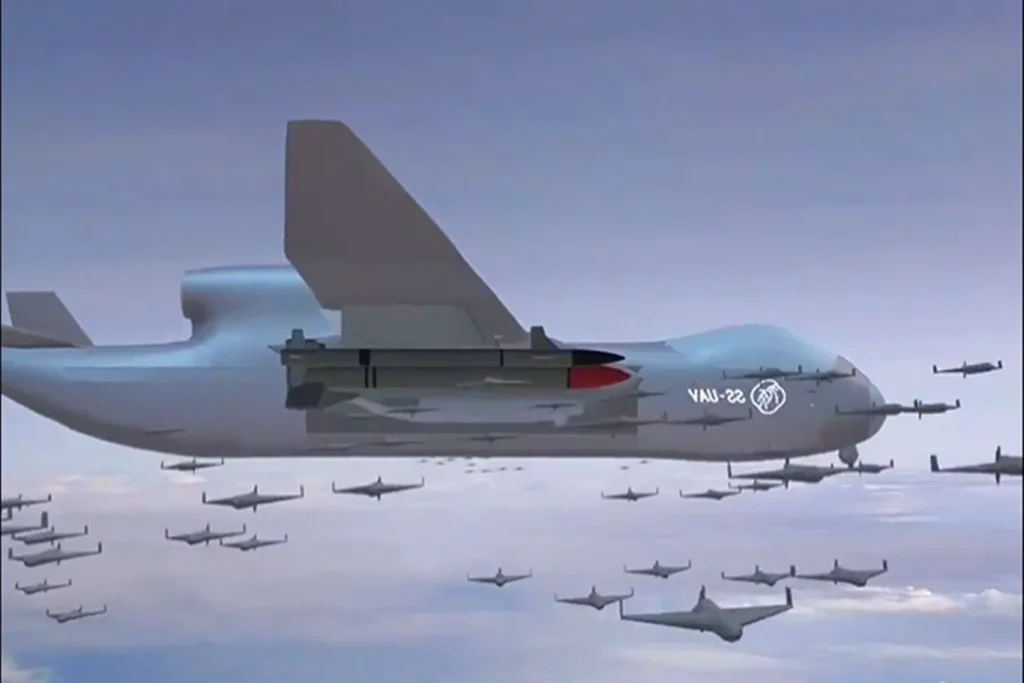China is preparing to launch its high-tech drone mothership, the Jiu Tian, by mid-2025. This aircraft is designed to operate at altitudes of up to 50,000 feet and can carry up to six tonnes of unmanned aerial vehicles (UAVs) and weaponry. With an operational range of over 4,000 miles, it is capable of deploying AI-powered drone swarms for reconnaissance, electronic warfare, and strike missions.
Why China Is Developing a Drone Mothership
Military Modernization: This project is part of China’s broader push to modernize its armed forces, shifting towards autonomous and intelligent warfare capabilities.
Force Multiplication: By deploying swarms of smaller, coordinated drones, China aims to overwhelm traditional air defenses and create tactical advantages in contested zones like the South China Sea and near Taiwan.
Strategic Projection: The drone mothership enables China to conduct long-range missions without risking human pilots, extending its reach and deterrent capability in regional and potentially global theaters.
Technological Prestige: As part of its race to become a global tech superpower, China uses programs like Jiu Tian to showcase advancements in AI, aerospace, and military engineering.
Who Else Is Developing Similar Platforms?
Several countries are exploring or developing drone mothership concepts:
United States: The U.S. Navy has tested concepts like the Sea Hunter, and DARPA is working on the Gremlins program to launch swarms of drones from manned aircraft and ships.
Russia: Russia has shown interest in drone carriers, particularly sea-based platforms designed to deploy combat UAVs for surveillance and strike roles.
United Kingdom: The Royal Navy has been trialing drones launched from aircraft carriers and is exploring future “loyal wingman” drones for manned-unmanned teaming.
India and Israel: Both countries are investing heavily in swarm drone technology, with Israel already deploying drones in conflict zones and India developing indigenous UAV carriers.
Impacts and Concerns
Regional Tensions: The drone mothership could escalate tensions in East Asia, particularly with Taiwan and neighboring maritime powers like Japan and the Philippines.
Cybersecurity Risks: AI-driven drones are vulnerable to electronic warfare and cyberattacks, which may compromise missions or turn swarms into liabilities.
Ethical and Legal Questions: The use of autonomous lethal systems raises questions about accountability, proportionality, and the rules of engagement under international law.
China’s drone mothership project marks a significant leap in unmanned warfare and could reshape aerial combat strategies. While it demonstrates China’s growing technological prowess, its operational effectiveness and survivability remain subjects of debate. As other powers pursue similar capabilities, the drone arms race is poised to become a defining feature of 21st-century military strategy.
